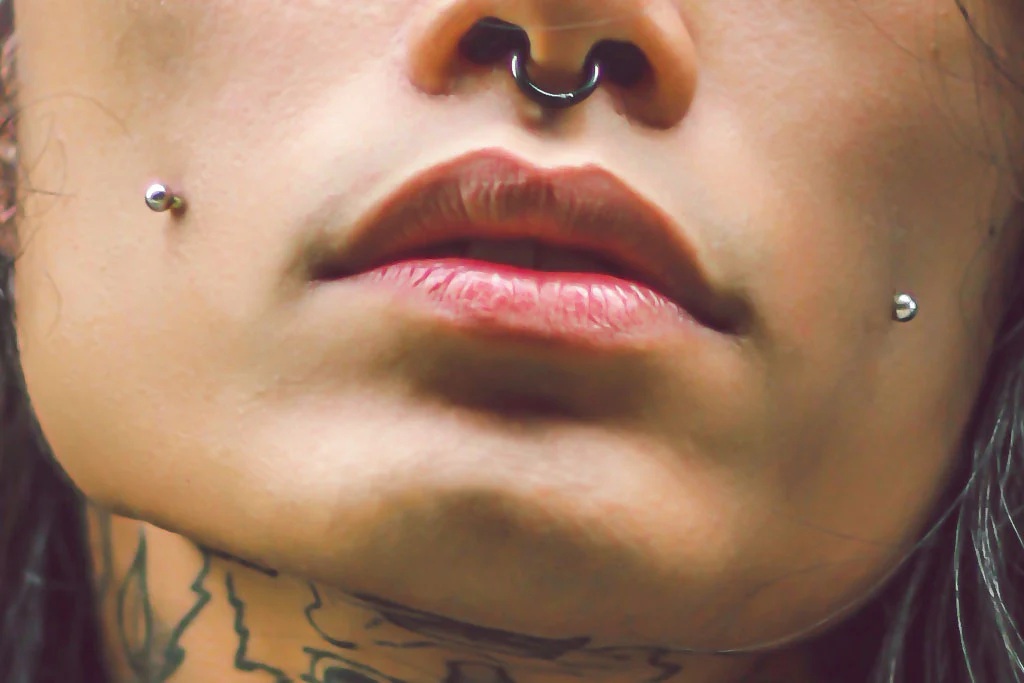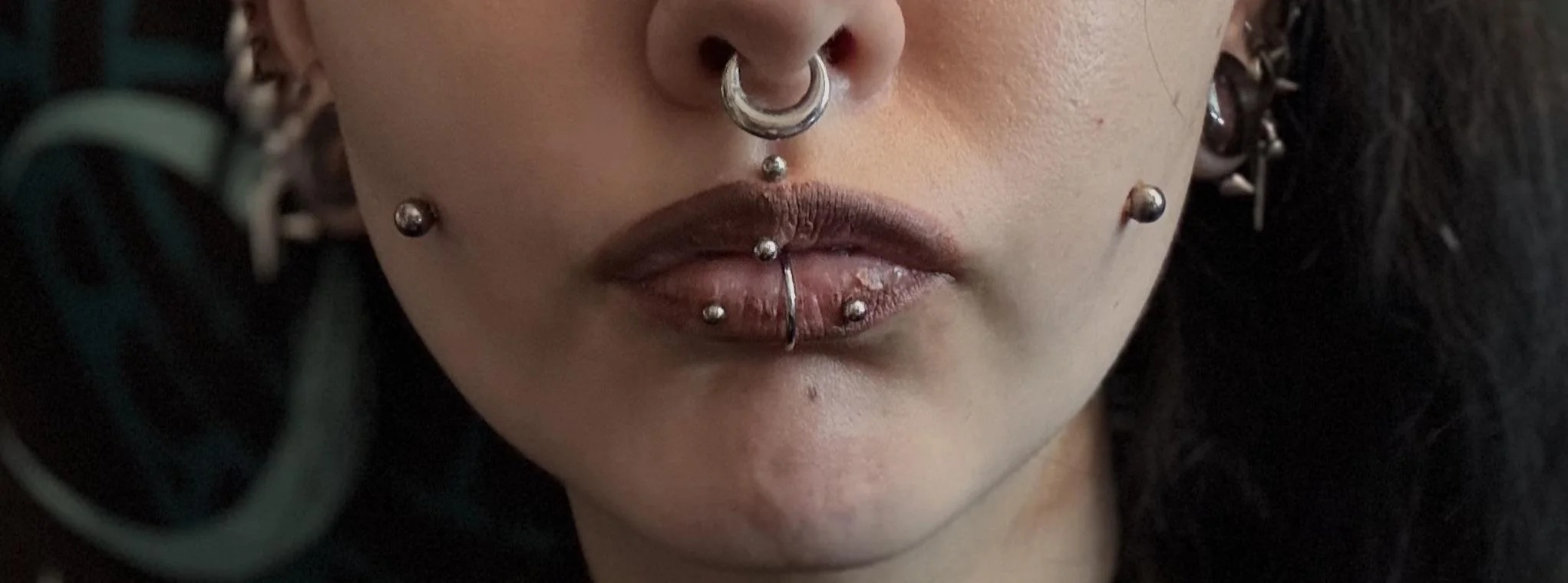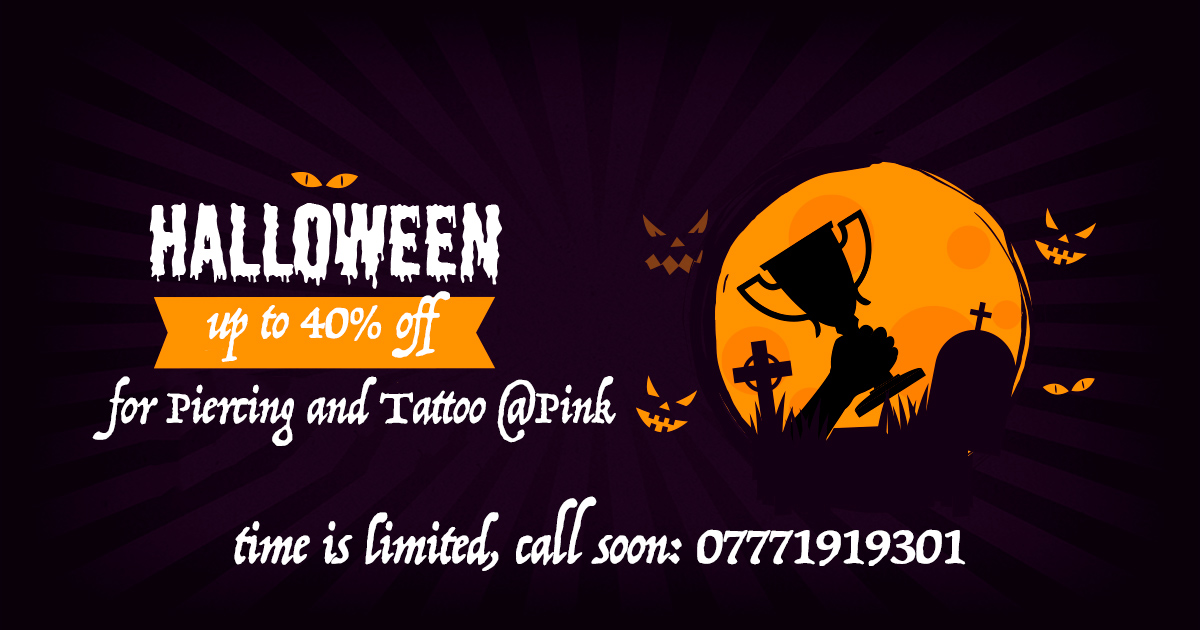In the world of facial piercings, few are as captivating or as coveted as the cheek piercing. When performed successfully, they create the illusion of natural dimples, adorned with a subtle gem that sparkles with every smile. They are undeniably beautiful, framing the face and adding a unique and endearing quality. It is this aesthetic appeal that makes them so sought-after.
However, the allure of the cheek piercing conceals a profound level of complexity and risk that places it in a category of its own. This is, without exaggeration, one of the most demanding and difficult-to-heal piercings in existence. At PinkTatPier, we treat this procedure with the gravity it deserves. Our consultation process is intentionally rigorous, designed to educate and inform above all else. We recently had a consultation with a potential client who was set on getting a cheek piercing London. They had seen them online and loved the look. The first twenty minutes of our hour-long consultation were spent with our lead specialist meticulously explaining the anatomy of the cheek, using diagrams to illustrate the location of the parotid duct, and discussing the near-certainty of permanent scarring, even if the piercings were removed. We spoke at length about the 1-2 year healing journey, the necessary lifestyle changes, and the multiple, mandatory downsizing appointments.
At the end of the conversation, the client took a deep breath and said, “Thank you for being so honest. No one else explained any of this. I am still in love with the idea, but I need to seriously consider if I’m ready for that level of commitment.” They left our studio without a piercing that day, but with something far more valuable: complete and honest information. This outcome is, for us, a success. Our primary duty as London’s top experts is not to perform a procedure, but to ensure our clients can provide truly informed consent.
This guide is an extension of that uncompromisingly honest consultation. It is not an advertisement. It is a serious, detailed document intended to provide the comprehensive safety info necessary for anyone even remotely considering this life-altering piercing.

cheek piercing
The Anatomy of a Cheek Piercing: Far More Than Skin Deep
To understand the risks, you must first understand the incredibly complex anatomical landscape through which this piercing travels. It is not a simple flesh piercing.
The Piercing Channel: A Trans-Oral Journey
A cheek piercing is a “trans-oral” piercing. This means the channel begins on the outside of the cheek, passes directly through a complex array of tissues, and exits on the inside of the mouth. The tissues involved include:
- The outer layer of skin (epidermis and dermis).
- A layer of subcutaneous fat (buccal fat pad).
- The dense, highly mobile buccinator muscle, which is essential for chewing and facial expressions.1
- The delicate inner mucous membrane of the mouth.
The length of this channel, combined with the constant movement of the muscle, is a primary reason why healing is so prolonged and difficult.
The Parotid Duct: The #1 Most Critical Risk Factor
This is the single greatest anatomical hazard of a cheek piercing. The parotid duct (also known as Stensen’s duct) is a small but vital tube that carries saliva from the parotid gland (the largest salivary gland, located near your ear) into your mouth.2 This duct runs horizontally through the very same buccinator muscle that the piercing must traverse.
If an inexperienced or anatomically unaware piercer were to accidentally pierce, sever, or damage this duct, the consequences can be catastrophic. Saliva can be redirected to leak externally from the entry hole of the piercing, a condition known as a salivary fistula, which often requires surgical intervention to correct.
Identifying the approximate location of this duct and piercing a safe distance away from it is a skill that only comes with master-level training, a deep understanding of facial anatomy, and years of experience. This is a non-negotiable aspect of a safe cheek piercing London.
The Inevitability of Permanent Dimpling and Scarring
It is crucial to understand that cheek piercings, even if removed, will almost certainly leave permanent indentations on your face. As the piercing channel heals, internal scar tissue (the fistula) forms. This scar tissue can adhere to the buccinator muscle. When you smile or move your face, the muscle pulls on this scar tissue, creating an artificial dimple. While this is the desired effect when the jewellery is in, it means you will likely have visible dimples for the rest of your life, even after the jewellery is gone.
The Uncompromising Requirements: Are You a Candidate?
Due to the extreme nature of this piercing, we have a strict set of mandatory criteria for any client we even consider for the procedure at PinkTatPier.
Anatomical Suitability
First and foremost, our lead specialist will conduct a thorough anatomical assessment. This involves both visual and manual (tactile) examination of your cheeks to ensure there is sufficient soft tissue to create a deep, stable channel well away from the likely path of the parotid duct. Individuals with very lean facial structures may not be suitable candidates.

cheek piercing
Piercing Experience: This is Not a Beginner’s Piercing
At PinkTatPier, it is our strict policy that we will only consider clients for cheek piercings who have a proven and successful track record of healing other difficult, long-term piercings (such as industrials, navels, or complex cartilage projects). A client’s first or second piercing cannot be a cheek piercing. We need to know that you understand and are capable of committing to a long and arduous healing process.
Lifestyle and Commitment
The healing journey for a cheek piercing London is a marathon that impacts your daily life. We need to be confident that you are prepared for:
- Dietary Adjustments: An initial period of soft or liquid foods, and long-term caution with crunchy or difficult-to-chew foods.3
- Extreme Oral Hygiene: A commitment to a meticulous oral hygiene routine to prevent infection from the inside out.
- Patience: The willingness to commit to a healing process that can easily take 1-2 years or more, with no guarantee of ultimate success.
Our Studio’s Philosophy on Cheek Piercings:
“We refer to our cheek piercing consultation as ‘the great dissuader.’ Our job is not to sell the piercing; it is to present the unvarnished reality of the commitment, the pain, the risks, and the permanent changes to your face. It’s an hour-long conversation rooted in science and experience. If, after hearing everything, the client is still 100% committed, knowledgeable, and possesses the ideal anatomy, only then do we begin to discuss the possibility of scheduling the procedure. A successful cheek piercing is a deep partnership between client and piercer, and it must begin with a foundation of radical honesty.” – Our Lead Specialist at PinkTatPier
The Procedure, Healing, and Long-Term Care: A Multi-Stage Marathon
If you meet all the criteria and decide to proceed, you are embarking on one of the most demanding healing journeys in the piercing world.
The Master-Level Piercing Technique
The procedure is performed by one of our master piercers. We will meticulously mark the placement both externally and internally, checking against your smile and facial movements to ensure perfect symmetry. The piercings are performed with single-use needles, and very long initial barbells made of implant-grade titanium are inserted to accommodate for the extreme swelling that will follow.
The Healing Timeline: A Demanding and Multi-Stage Process
The healing journey for a cheek piercing is a marathon, not a sprint, and is defined by multiple, mandatory downsizing appointments.
Table: The Cheek Piercing Healing & Downsizing Schedule
| Stage | Timescale | What to Expect | CRITICAL Actions & Appointments |
| Initial Swelling (The “Chipmunk” Phase) | Week 1-4 | Extreme, significant swelling of the entire cheek area is guaranteed. Tenderness and difficulty with eating and talking are normal. | Frequent gentle cold compresses on the outside of the cheeks; adhering to a liquid/soft food diet; meticulous oral (alcohol-free mouthwash) & external (sterile saline) cleaning after every meal. Sleeping propped up on your back is essential. |
| Stabilisation & First Downsize | Month 2-6 | The majority of the initial swelling subsides, but the channels are still extremely fragile and prone to flare-ups. | MANDATORY DOWNSIZE #1: You must return to PinkTatPier for your first set of shorter labret posts. Continuing with the initial long bars will cause oral damage and snagging. Continue hyper-vigilant cleaning. |
| Maturation & Second Downsize | Month 6-12 | The piercings will begin to feel more stable, but they are not fully healed. Swelling can still occur intermittently. | MANDATORY DOWNSIZE #2: As the tissue continues to settle, a second (and sometimes third) downsizing will be necessary to achieve a perfectly snug, safe fit against the tissue. |
| Full Maturity | Year 1-2+ | The internal fistula (tissue channel) is finally robust and stable. | Regular dental check-ups are highly advised to monitor for any potential tooth or gum issues. Never leave jewellery out for extended periods, as the channel can shrink quickly. |
Cost & The Mandatory Consultation Process in London
The cheek piercing is one of the most expensive piercings you can get, and for good reason.
Why Cheek Piercings Are a Significant Investment
The high cost of this procedure reflects the master-level skill required, the extensive time commitment for the initial consultation and piercing appointment (which can take over an hour), the inherent risks involved for the studio and piercer, and the multiple, mandatory follow-up appointments for downsizing, which are included in the initial price.
How to Contact Our London Experts for Safety Info
This procedure cannot be booked online. The journey begins with a conversation.
You must first Contact Our London Experts via our studio email or contact form to express your serious interest in a cheek piercing. We will then schedule a preliminary phone call to discuss the basics before booking your mandatory, in-person, paid consultation. This multi-step process ensures we only engage with the most serious and prepared candidates.

cheek piercing
Frequently Asked Questions (FAQ)
1. What are the real, long-term risks to my teeth and gums?
Even with perfect placement, there is a lifelong risk of the flat-back discs on the inside of your mouth causing gum recession or tooth enamel erosion over time. This is why regular downsizing to achieve a perfect fit and consistent dental check-ups are absolutely non-negotiable.
2. Will I be able to eat normally again?
Yes, eventually. After the initial phase of extreme swelling, you will gradually be able to return to a more normal diet. However, you will always need to be more mindful when chewing to avoid biting down on the jewellery.
3. Why do so many professional piercers refuse to do cheek piercings?
Many of the world’s best and most ethical piercers refuse to perform this piercing because the risks are so high, and the potential for a successful, complication-free long-term outcome is significantly lower than with other piercings. A piercer’s refusal is often a sign of their experience and ethical commitment to their clients’ well-being.
Conclusion: The Mount Everest of Facial Piercings
The cheek piercing can be beautiful, but it is the Mount Everest of facial piercings. It is a serious undertaking, requiring the right anatomy, an immense personal commitment, and the hands of a true master piercer who is as willing to say “no” as they are to say “yes.” It is not a trend to be taken lightly.
Your Next Step: A Serious Conversation
This is not a decision to be made impulsively. If, after reading this comprehensive guide and understanding all the associated risks and responsibilities, you still believe you are a suitable and prepared candidate, we are here to provide the expert guidance you need.
We invite you to Contact Our London Experts to begin the conversation about a professional cheek piercing. We are here to provide the essential cost & safety info you need to make the right, informed choice for you.

